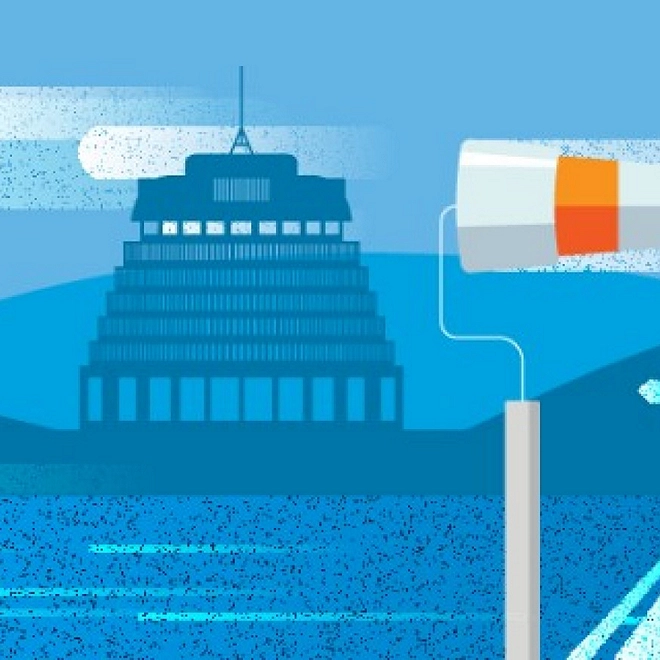Budget 2022: Clear direction needed to ensure a prosperous future for New Zealand
Long term success determined by capability and execution
New Zealand is at a tipping point. Our economy is emerging from the ravages of COVID-19, and while we have managed to weather the last couple of years in relatively good shape, we are now facing several challenges, including the highest inflation rate in three decades1, rising social inequity, and a significant infrastructure deficit. As we face these challenges, we also need to operate within a sustainable debt and funding environment whilst acknowledging and effectively managing a scarcity of resources.
It was therefore critical to see Budget 2022 provide clarity of choice and thought on the programmes of work and investment the Government wishes to prioritise. In this Budget, the Government has needed to walk the line between balancing the current issues of high living costs and a return to surpluses alongside creating a healthier and more environmentally responsible Aotearoa in the longer term.
- Annual inflation reaches 30-year high of 6.9 percent | Stats NZ
- Note that the Government’s petrol excise duty and road use charge cost were both reduced by 25 cents per litre and public transport subsidies came into effect at the very end of this period.
- Treasury warns New Zealand has massive infrastructure gap, expected to get bigger in future - NZ Herald
- Annual wage inflation rises to 3.0 percent | Stats NZ




